Read this if you’ve ever used the word “complicated” to define your dating life.
Better yet, if you find yourself comparing yourself to Carrie Bradshaw and you have 3 versions of Mr. Big who carousel through your life, read this. Share this with your Charlottes and Mirandas when they drive you crazy with screenshots and text analyses.
Ultimately, what it comes down to is that there are three kinds of people on this planet. Some people fall in love every three weeks while others would rather catch the stomach flu than feelings.
Attachment Styles and Romance
Much of this can be explained by Attachment Theory. Aka, science. Read on to see how attachment style affects romantic relationships.
According to psychologists, there are actually three attachment styles: secure, anxious and avoidant.
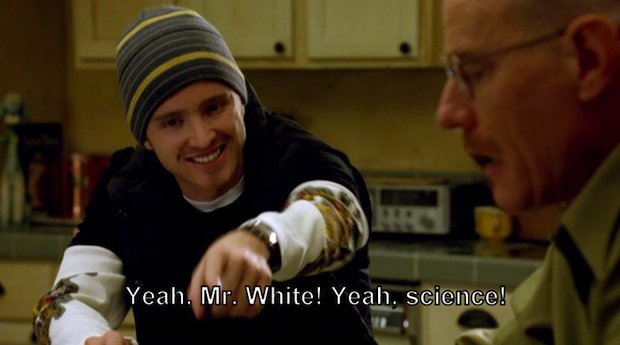
Everyone falls into an attachment category, though it falls along a spectrum. For example, you may be secure with anxious tendencies.
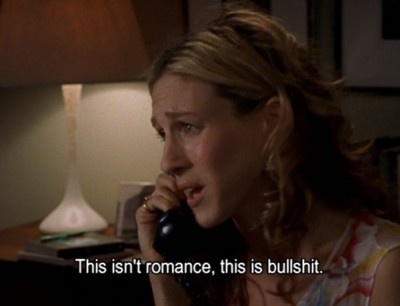
There are multiple factors that go into determining your attachment style, but the bulk of it comes from the way you were raised and the relationship you had with the people closest to you – namely, your parents. Significant events from adolescence and adulthood can affect your attachment type as well.
If an unanswered text drives you crazy…
This is a sign that your attachment style is anxious, and you’re definitely not alone. Anxious attachment types often struggle with self-doubt and insecurity. They are self-critical and rely heavily on their partner to validate them.
Those with an anxious attachment style often assume the role of the pursuer in new relationships because they’re too anxious to sit back and wait to be texted first, called first, or asked out. Unfortunately this can lead to the downfall of the relationship if you’re not conscious that an activated attachment style is driving this behavior.
When anxious types feel that their partner isn’t meeting their needs, they may exhibit what’s known as “protest behavior.” Some examples of protest behavior include:
- Waiting days to text back to “get back at” someone who upset them
- Flirting with other to make their partner jealous.
The reason for this is that they fear expressing their dissatisfaction in words will cause their partner to leave them.

Ross Geller from Friends is a good pop culture example of a man with an anxious attachment style. Consider the time he was jealous of Rachel’s male coworker Mark. It brought out his insecurities (remember, he spent years thinking Rachel was out of his league) and triggered him to throw Rachel an over-the-top anniversary evening that resulted in her breaking up with him.
Post-breakup, anxious people are likely to blame their perceived imperfections for the end of the relationship instead of realizing that it just wasn’t a good fit.
If the only thing you can commit to is a favorite pizza place…
You might feel at home under the avoidant umbrella. Avoidants consider themselves independent and don’t like to rely on others. They only make up about 20 percent of the population but you’re very likely to encounter them in the dating pool because they’re single more often than people with an anxious or secure attachment style.
These are the folks who inspire books like He’s Just Not That Into You. Avoidant people are likely to push you away just as you’re getting close, then drop a text two months later once they’ve gotten their space. They’ll serve up mixed signals for years if you don’t put up boundaries.
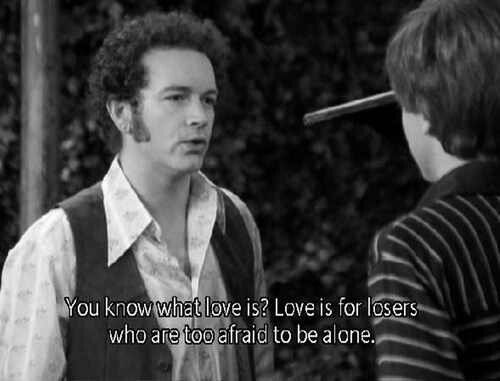
If you encounter someone with an avoidant attachment style, it’s healthy to remind yourself that their actions are often linked back to their own fears and insecurities. They had these issues long before they met you, and they’ll treat the next person similarly.
If you suspect you may be avoidant, consider the things that you do to sabotage relationships once they begin to get serious, like:
- Ignoring texts
- Cheating
- Making up excuses to get out of hanging out with someone you’re dating can
These are all part of the tool set avoidants use to keep others at a distance.
It’s not that avoidants don’t need affection or intimacy. They’re masters at suppressing their feelings and being independent. They’ve convinced themselves that love and relationships are not that important.
This could have been a potential survival tactic they developed as children if they grew up with parents who were cold or unavailable. Don Draper from Mad Men (more on his avoidant attachment style), Daniel Cleaver from Bridget Jones’ Diary and Barney Stinson from How I Met Your Mother are examples of classic avoidants.
If you’re happily boring and drama-free…
You’re likely the secure type. Two examples of securely attached couples are the Coach Taylor and his wife Tami on Friday Night Lights and Jim and Pam on The Office, but they’re ultimately too boring to get much screen time.
Secure couples make it seem like dating is so effortless and easy – because for them, it is. Nobody feels the need to pull away or act out due to anxiety.
When two securely attached people meet, they’re probably not going to engage in the “relationship dance” where one party backs away when the other wants to be close, then switch – the way every romantic comedy ever goes. They have fewer problems with being vulnerable and getting emotionally intimate.
They’re attentive listeners who are good at defusing conflicts and accommodating their partner’s needs. They aren’t typically needy, so they don’t sweat the small stuff (like an unanswered text) which makes the relationship continue on without issues – smooth sailing.
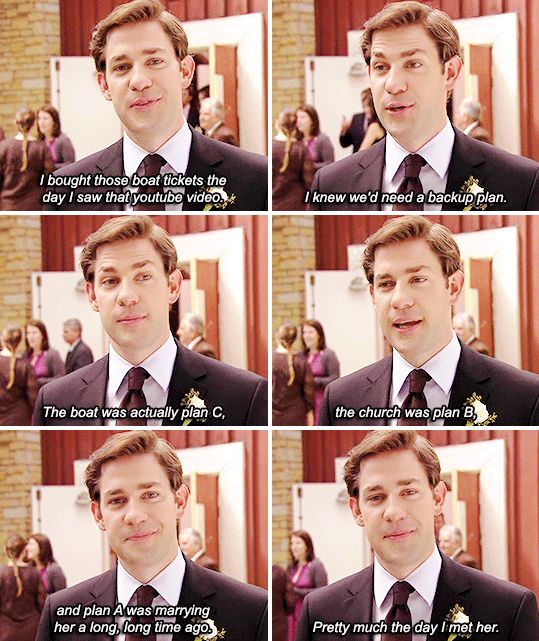
If a secure type is dating an avoidant, it works well because they’ll give their avoidant partner the space they need to not feel suffocated instead of pushing them further away. Secure types also have the patience and communication skills to reassure anxious partners that they care about them, so secure types make great partners for anxious types as well.
Sex and the City actually had a number of secure male characters, like Miranda’s eventual husband Steve Brady and Samantha’s long-term boyfriend Smith Jerrod. Mr. Big, on the other hand, was one big hot dumpster fire of an avoidantly attached dude.
Understanding your attachment type is the first step to understanding the patterns you’re likely to follow. From here, you can educate yourself about healthier practices in relationships and healthier ways to pursue a prospect. Knowledge truly is power here.
Can you change your attachment style? The good news is yes, although it’s not easy to undo a lifetime of coping mechanisms. Change doesn’t happen overnight, but it beats playing cat and mouse with the wrong people.
Perhaps by reading this, all you’ve learned is that the next person you date needs to be a secure type, and that’s a fantastic goal to have when it comes to dating.
A successful relationship is difficult if one of you is anxious or avoidant – not impossible, but difficult.
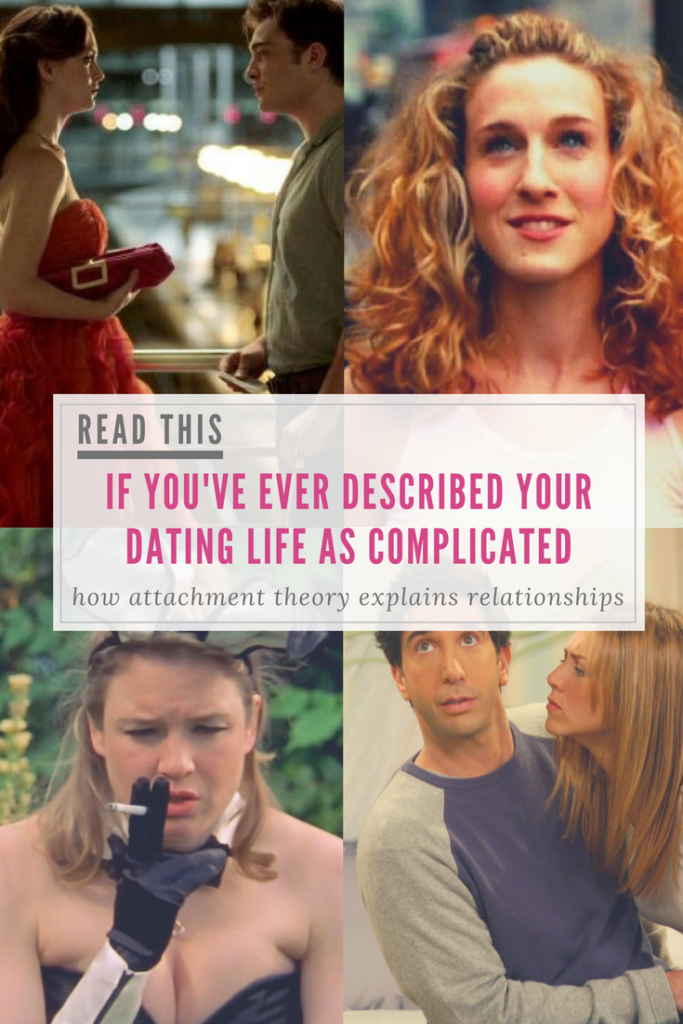
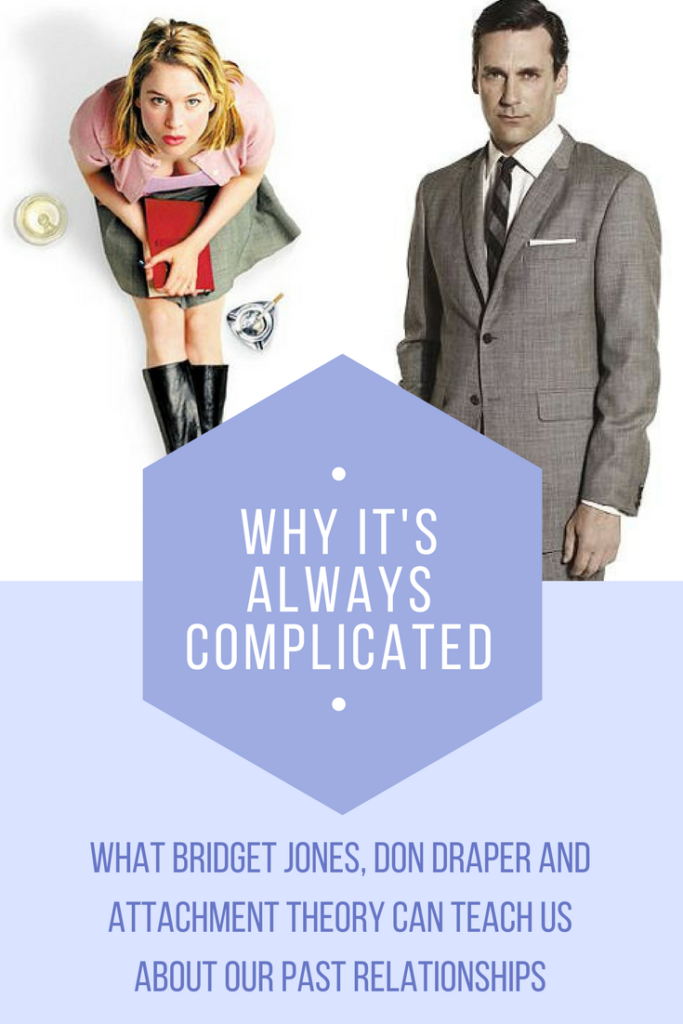
If you’re interested in reading more about attachment theory and seeing some examples about how relationships between different attachment types often play out, Attached by Amir Levine and Rachel Heller and Wired for Dating by Stan Tatkin are two excellent resources.
I didn’t know about the attachment theory until I went to counseling and started going through my past. It turns out my attachment style is Anxious Avoidant. Has to do with my relationship with my parents. However, I’ve been working on this area of my life for the past few years. I’m thankful to have an understanding boyfriend where we can talk about this.
That’s so great, Tyra! I’m glad you can talk to your boyfriend about this and I bet your relationship is so much better for it. Attachment theory is one of those things I wish I’d learned in my teens and I just want to share with everyone. Thanks for reading!